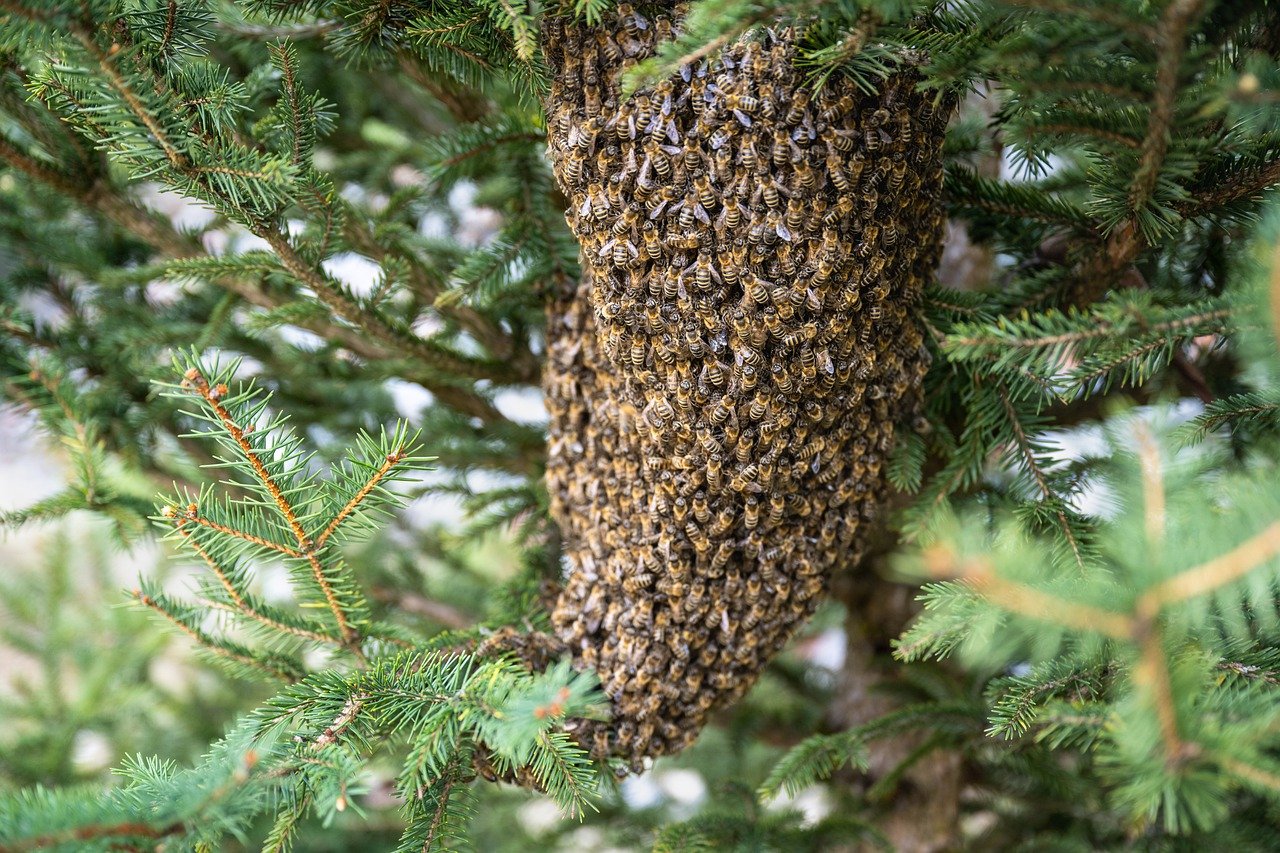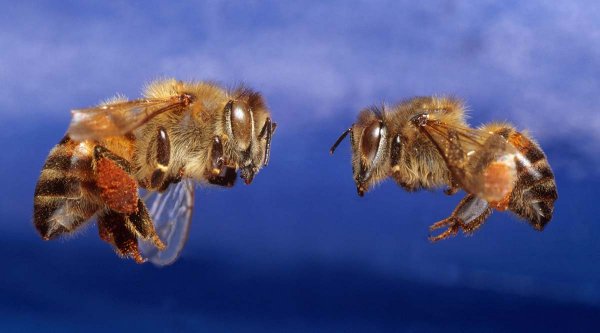RWANDAN NATIVE BEES
Native subspecies of bees play an important role in the balance of our ecosystem. These bees have co-evolved with their environment and are therefore perfectly adapted to local conditions. They have developed behaviours and evolutions that enable them to survive in sometimes difficult conditions.
Using local bees has a number of advantages. Firstly, these bees are in harmony with the environmental conditions of their region, the attractive aromatic molecules and the endemic flora, which means they are more resistant to disease and parasites. They are also better able to pollinate local wild and cultivated plants, which is essential for maintaining biodiversity and food production.
By using native subspecies of bees, ROBEEC Ltd is committed to preserving local biodiversity and protecting these increasingly endangered subspecies. The company is also working to conserve the genetic diversity of bees, which is essential to ensure their long-term survival.

In short, the use of native subspecies of bees is essential for preserving biodiversity, maintaining food production and protecting local traditions and cultures. ROBEEC Ltd has therefore chosen to work with these bees as part of its project to love, protect and promote sustainable beekeeping in Rwanda.
Our bees come from native colonies that inhabit Rwanda and have adapted to the habitat for several million years.
They are smaller (± 1/3 smaller) than bees of European subspecies.

THE TWO KINDS OF BEES
During our visits to apiaries and in nature, on foraging flowers, we observed two kinds of Rwandan bees: yellow and black which coexisted very well together.
Our next scientific study will study the different types of subspecies present in our colonies.
THE SWEETNESS OF BEES
The African mellifera bee of different subspecies is often confused with the so-called Africanized bee or killer bee which is a hybrid created by man in the laboratory. The killer bee, introduced to Brazil in the 1950s and which spread across part of North America, is the result of a cross between an African species (Apis mellifera scutellata) and an Italian species (A. m. ligustica).
The African mellifera bee, scutellata, adansonii or other, when raised in its natural biotope and also, thanks to the different techniques during hive visits conducted with calm and gentleness, can be as gentle as a bee of under- European species (bee mellifera mellifera).
For example: During the harvest period, thanks to the use of bee hunts, we avoid stressing them by brushing them. All the bees at Robeec Ltd are respected and gently raised in our hives built to their dimensions.
SWARMING
The swarm can be seen as the cuttings of a plant. The swarm, part of a colony taking flight with the queen mother, seeks a new place to relocate and thus perpetuate the species. The swarm is like the baby of a colony.
The swarming period in Rwanda happens twice a year just after the rainy season.
Thanks to the traditional Rwandan hives in basket placed high in the trees, we collect wild or flown swarms from our hives. We sometimes collect them from the wild as well. The swarms collected will be transferred to Robeec hives a few weeks after their colonization of traditional hives. These new colonies will find a place in one of our 12 apiaries.
